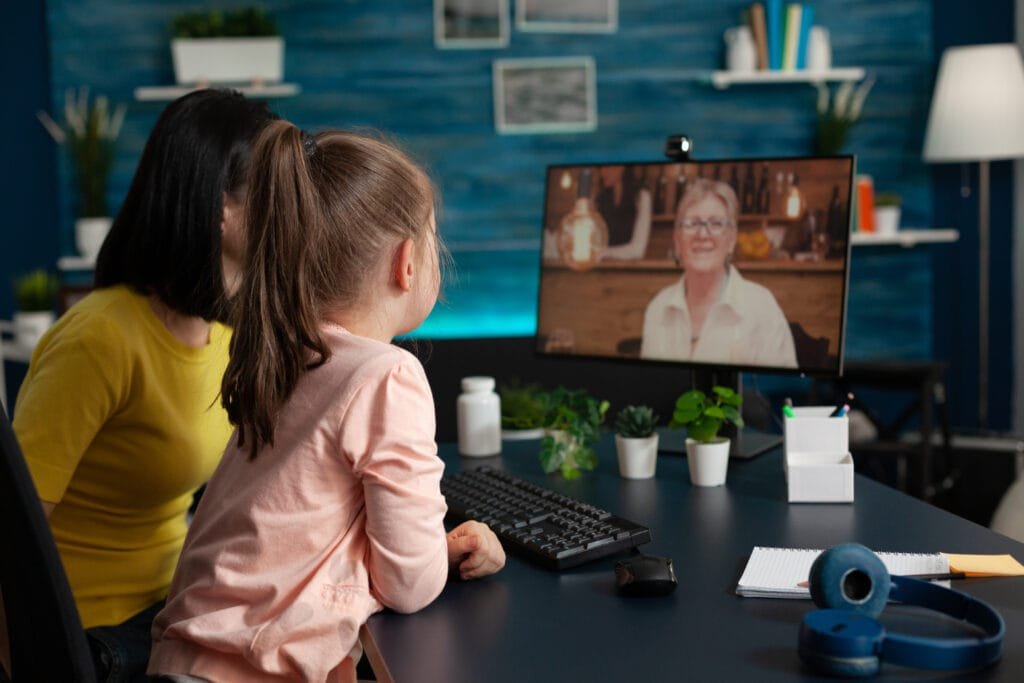
Choosing between In-Home vs Daycare vs Virtual ABA therapy can feel overwhelming for parents of children with autism. Each model offers unique benefits, levels of interaction, and outcomes — and the right fit depends on your child’s needs, your family’s schedule, and your goals for growth and independence.
In this article, we’ll explore how In-Home, Daycare, and Virtual ABA Therapy programs differ, what outcomes research and practice show, and how families across Ontario can decide which setting supports their child best.
1. Understanding Each ABA Therapy Model
In-Home ABA in Ontario
In-home ABA therapy brings the therapist directly into your child’s natural environment — your home. It’s designed to help children practice daily routines, social skills, and behaviour strategies where they feel most comfortable.
Key benefits:
Familiar and low-stress environment
Strong parent and caregiver involvement
Skills are practiced in real-life settings (mealtime, playtime, bedtime)
Considerations:
May limit peer interactions
Depends on consistency of home routines
Space and schedule coordination are required
Daycare-Based ABA Therapy in Ontario

Daycare-based ABA therapy integrates behaviour therapy within a structured social environment. It allows your child to receive one-on-one support while engaging in typical daycare routines and peer interactions.
Explore our Daycare ABA Therapy program.
Key benefits:
Encourages socialization and group play
Promotes skill generalization in real peer settings
Collaboration between therapists and daycare staff
Considerations:
Less private compared to home sessions
Coordination between daycare staff and ABA team is essential
May require adjustment if the child is new to daycare
Virtual ABA Therapy in Ontario

Virtual ABA therapy offers flexibility by delivering sessions online. It’s ideal for families in remote areas or those seeking continuity without travel barriers.
Read more about Virtual ABA Therapy.
Key benefits:
Accessible anywhere in Ontario
Consistent therapy during travel, weather, or health disruptions
Encourages parent participation in the learning process
Considerations:
Requires reliable internet and quiet space
Less hands-on than in-person therapy
Some sensory-based interventions may need in-person follow-up

Which Model Fits Your Child and Family?
Selecting the right model comes down to matching the child’s needs, the family environment, and the goals of therapy.
Consider the Child’s Profile
Does your child benefit from a familiar one-on-one setting (suggesting in-home might be optimal)?
Are their goals heavily social-interaction-oriented (suggesting daycare-based would be strong)?
Is travel/transportation, location, or schedule a barrier (making virtual an important option)?
Do they have sensory or physical needs that require hands-on support (lean towards in-home or daycare)?
Are peer interactions already a goal? If so, daycare or blended models may excel.
Consider the Family Routine & Environment
Do you have the home environment for in-home sessions (quiet, consistent, minimal distractions)?
Is your child already attending daycare or would a transition be smooth?
Do you have reliable internet and space for virtual sessions?
How much time can you dedicate to parent-training and involvement?
What is your schedule like (work hours, commute, siblings)? Which model may reduce burden?
Blended or Hybrid Approach
In many cases, a blended model can be ideal. For example:
Start with in-home intensive ABA to build fundamentals, then transition some sessions to daycare for social skill generalisation.
Use virtual sessions as supplementary support (especially when travel or health issues arise).
Many programs incorporate “home + daycare + virtual” elements to maximise flexibility and outcomes.
Outcomes at Advance Therapy Canada: What We Believe & Deliver
At Advance Therapy Canada, we deliver each model (in-home, daycare, virtual) to high standards. Our team of Board Certified Behaviour Analysts (BCBAs), therapists and allied professionals ensure:
Individualised assessment and treatment planning at the start of each child’s journey.
Regular progress tracking and timely adjustments based on data.
Strong collaboration with families, daycare staff (when applicable) and community supports.
Parent coaching across all models to ensure carryover into all settings.
Emphasis on meaningful social skill development, daily-living skills and behaviour reduction — aligned with best practices.
We have observed that children who receive therapy in the setting that best aligns with their profile and family routine tend to progress faster and show stronger generalisation of skills.
How to Choose & What Questions to Ask
When you’re evaluating ABA service providers or discussing models, consider asking:
“How will you tailor the model (home/daycare/virtual) to my child’s specific goals?”
“What supports do you provide for generalisation of skills across settings?”
“How do you engage daycare staff (in the daycare-based model) and parents?”
“In the virtual model: what platform, what session structure, how do you manage distractions?”
“What data do you track, and how often will we review progress?”
“If we start in-home and move to daycare (or switch to virtual), how is that transition managed?”
Conclusion
Selecting between in-home vs daycare vs virtual ABA is not about “which is best overall” — it’s about which is best for your child and your family. At Advance Therapy Canada, we believe that outcome is optimised when the delivery model fits the child’s profile, the family’s routine and the environment supports meaningful, everyday learning. If you’d like to explore which option is right for you or your child, please get in touch for a no-obligation consultation.
Ready to take the next step? Contact us, and let’s build a therapy plan that fits your child’s world.
FAQs
Do babies do better in daycare or at home?
Children are much better in daycares once they are about 2-3 yrs old. That is when they can actually begin to get social benefit. Before that age, studies have shown that children are more likely to grow up with disruptive behaviors if they were put into daycares too young.
Are children happier with a stay at home mom?
According to a recent Harvard Research Study that provides data from two cross-national social surveys of more than 100,000 men and women from 29 countries, working moms can breathe a sigh of relief – evidence suggests that children of working moms grow up to be just as happy as children of stay-at-home moms.
What is the hardest age to start daycare?
Generally speaking, children aged three and four have the hardest time transitioning to daycare, especially if they’ve exclusively stayed home with a parent and not had other forms of childcare (like a relative or friend watching them part-time, or an early preschool program).
